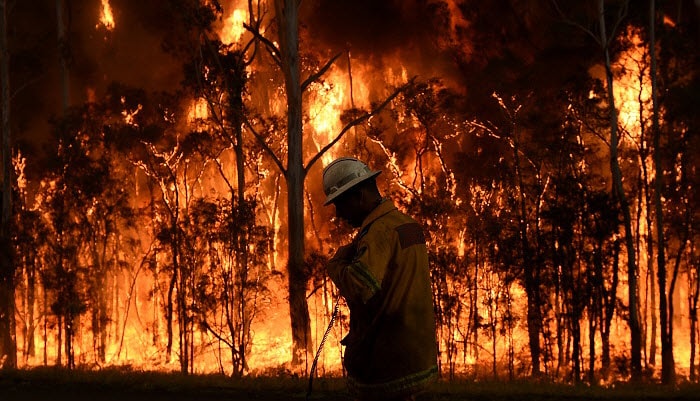From Assessment to Action: Utilizing Your BAL Report to Alleviate Bushfire Ris
Wiki Article
Ensuring Bush Fire Protection Through Appropriate BAL Report Evaluation
In the world of bush fire defense, the thorough evaluation of Bushfire Attack Degree (BAL) reports stands as a cornerstone for securing residential or commercial properties against the disastrous influence of wildfires. With environmental variables and residential or commercial property attributes playing substantial roles in identifying the level of danger, a thorough understanding of BAL ratings comes to be important.
Comprehending Bushfire Assault Degree (BAL)
In the realm of bushfire security, understanding the Bushfire Strike Degree (BAL) is paramount for guaranteeing efficient mitigation approaches. BAL is a system used to measure the possible threat a building may deal with from a bushfire. It thinks about elements such as the kind of greenery, the incline of the land, the Fire Danger Index, and the Fire Extent Index. Recognizing the BAL ranking of a property is crucial for property policymakers, builders, and owners to implement proper procedures to guard against bushfire hazards.
Value of BAL Report Analysis
An important element in bushfire protection planning entails the complete evaluation of BAL records to analyze the possible risks and identify proper reduction methods. BAL reports provide essential information about the potential influence of bushfires on a property based upon different elements such as plant life kind, range to potential fire hazards, and incline of the land. Assessing these reports with precision is paramount in creating effective bushfire security actions customized to the certain threat profile of a property.Applying Fire Security Measures
Implementing reliable fire protection measures is critical for safeguarding residential or commercial properties in bushfire-prone locations. This involves cleaning combustible greenery, such as dry fallen leaves and branches, within a particular span of the building.Furthermore, having a appropriate and well-kept water supply, such as a storage tank or pool, can assist firefighters in their efforts to protect the residential or commercial property. BAL Report. In general, carrying out a mix of these fire protection measures can considerably boost the possibilities of safeguarding buildings during bushfire events.
Mitigating Threats in Fire-Prone Locations
To strengthen buildings against bushfire risks, a strategic focus on mitigating threats in fire-prone locations is critical. One important facet of danger reduction is preserving defensible area around residential properties by clearing flammable plant life, ensuring sufficient spacing in between structures and trees, and employing fireproof landscape design methods.Furthermore, building or retrofitting structures with fire-resistant products and making sure proper maintenance of roofs, seamless gutters, and outside cladding can substantially improve the building's strength to bushfires. Practicing a bushfire and establishing emergency situation plan with all passengers, including evacuation procedures and interaction approaches, is likewise important in mitigating threats successfully. By taking on an aggressive approach to run the risk of mitigation in fire-prone locations, homeowner can much better protect their possessions and enhance general bushfire readiness.
Ensuring Residential Or Commercial Property Safety And Security and Durability
Making certain view website the security and resilience of buildings in fire-prone areas needs an unfaltering dedication to durable preventative measures and critical preparation. Residential or commercial property security begins with executing effective actions to reduce fire threats.Strength, on the other hand, includes the capacity of additional reading a residential property to recuperate and hold up against from a bushfire. By proactively dealing with these elements, property proprietors can much better protect their possessions and enjoyed ones from the threat of bushfires.
Verdict
To conclude, making certain bushfire security with correct BAL record evaluation is critical for comprehending the level of risk postured by bushfires and implementing essential fire protection steps. By mitigating threats in fire-prone areas and making certain home safety and security and resilience, individuals and areas can much better get ready for and react to bushfire events. It is essential to focus on fire safety and security procedures to safeguard lives and property in these high-risk environments.In the world of bush a fantastic read fire protection, the meticulous evaluation of Bushfire Assault Level (BAL) reports stands as a foundation for guarding buildings against the devastating influence of wildfires (BAL Report). Understanding the BAL score of a home is crucial for residential or commercial property owners, builders, and policymakers to implement appropriate procedures to guard versus bushfire hazards

BAL reports offer critical details concerning the potential influence of bushfires on a building based on numerous factors such as greenery kind, range to prospective fire threats, and incline of the land (BAL Report). Overall, executing a mix of these fire defense measures can significantly boost the possibilities of securing buildings during bushfire events
Report this wiki page